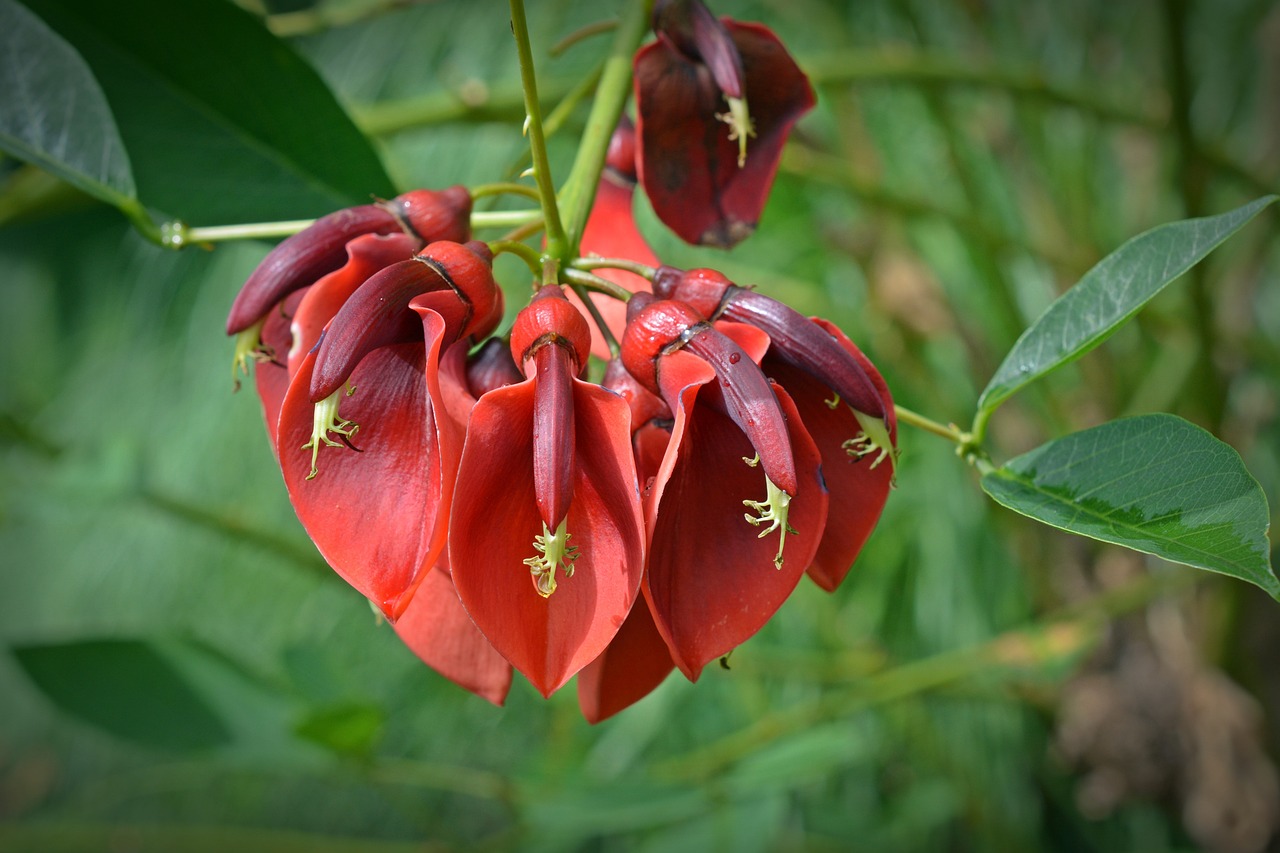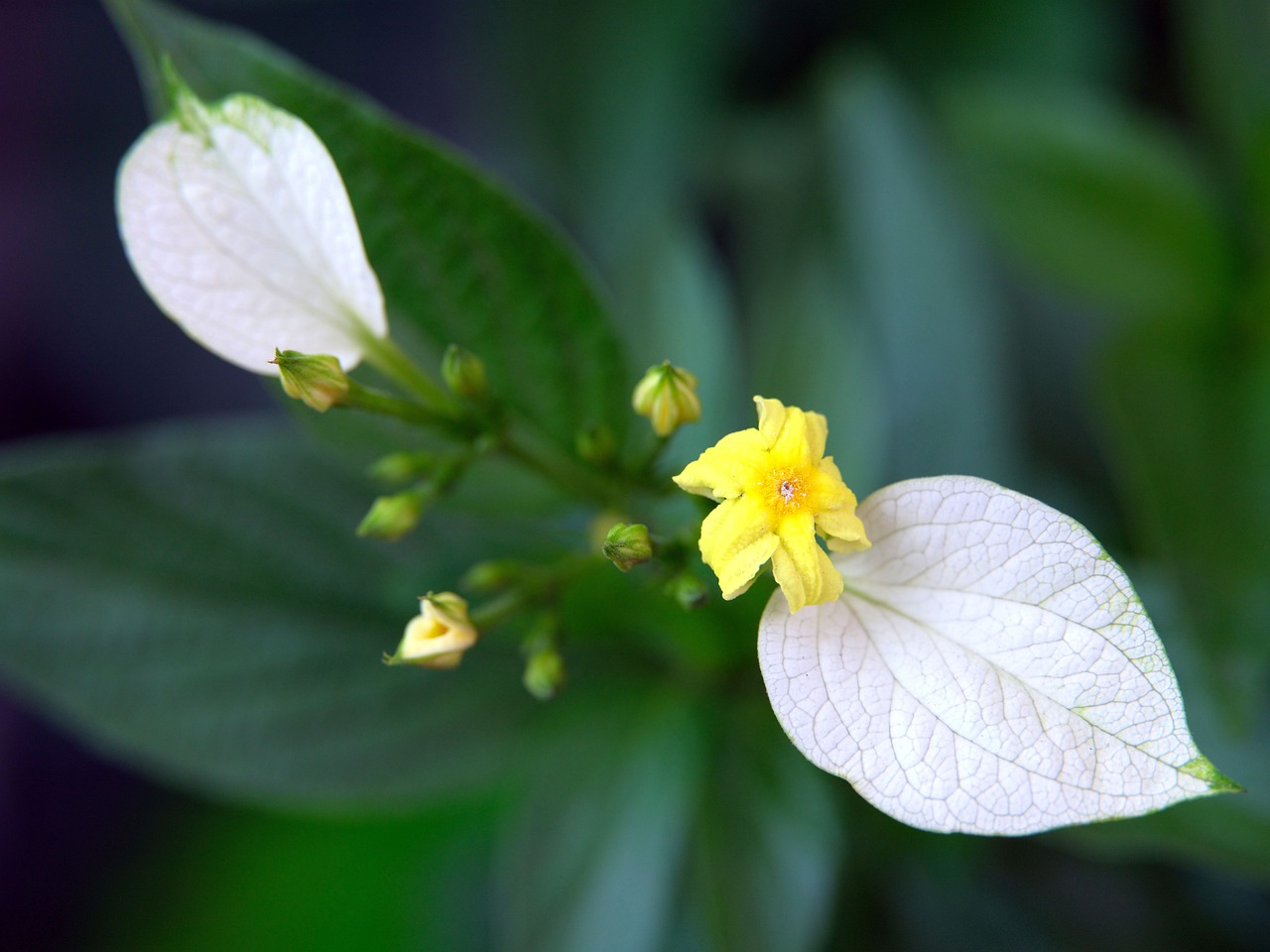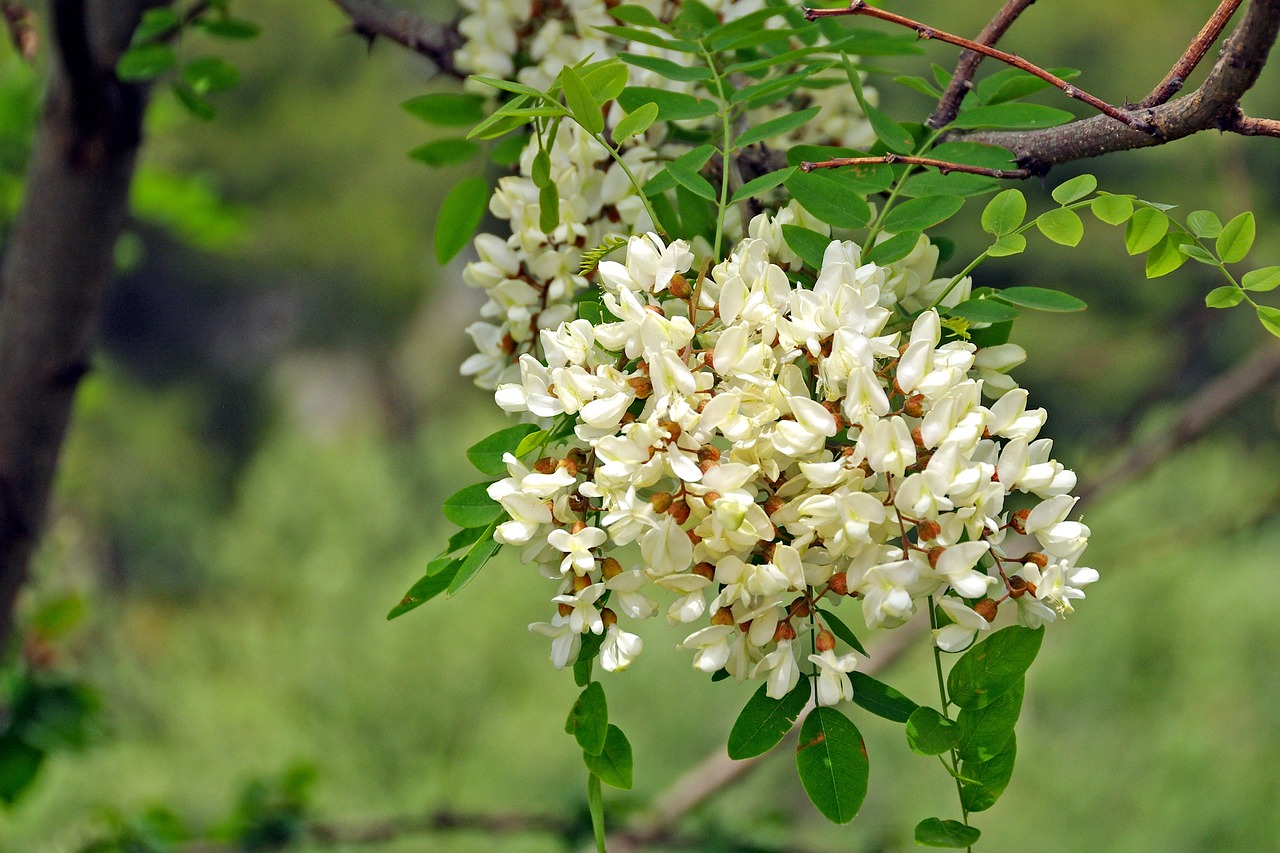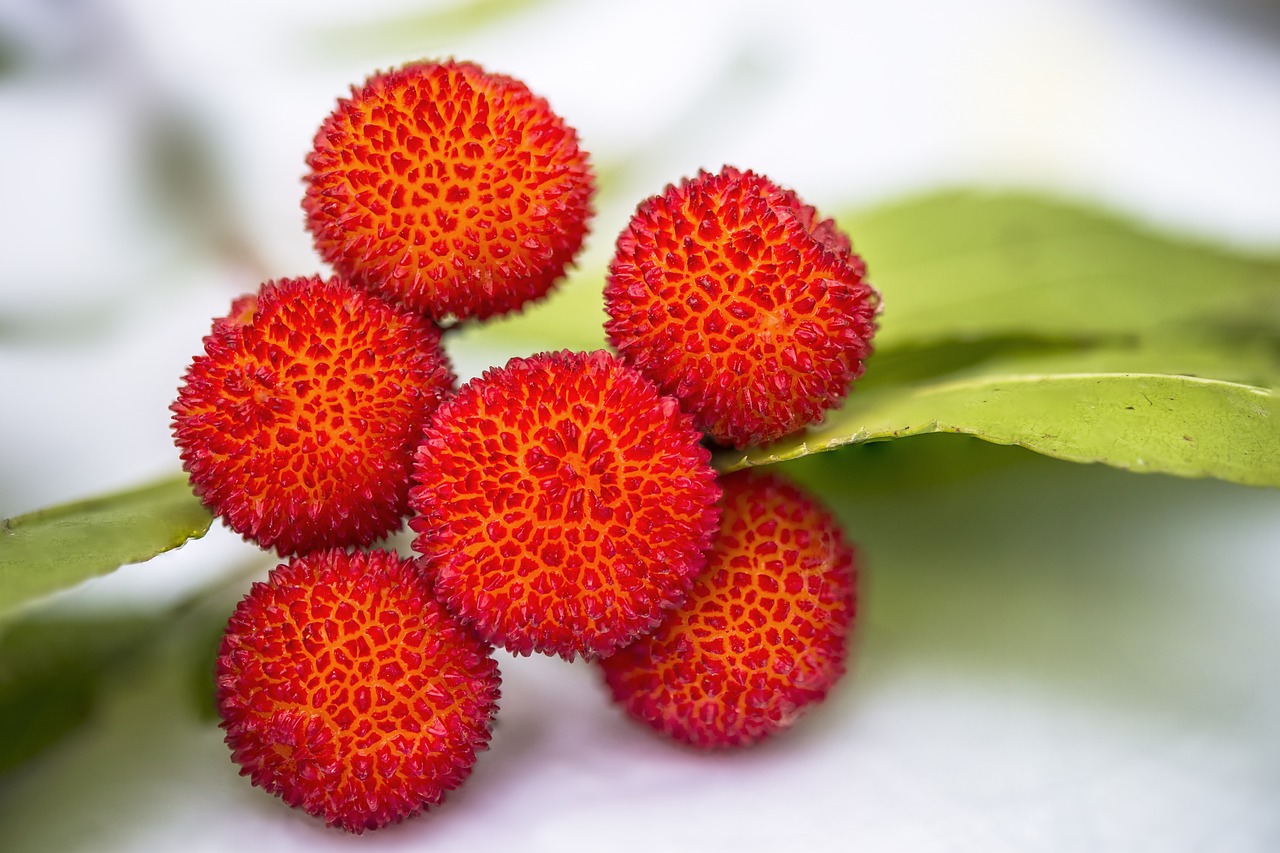Leucophyllum | The Purple-Silver Flower Blooming in the Dry Landscapes of the American Southwest
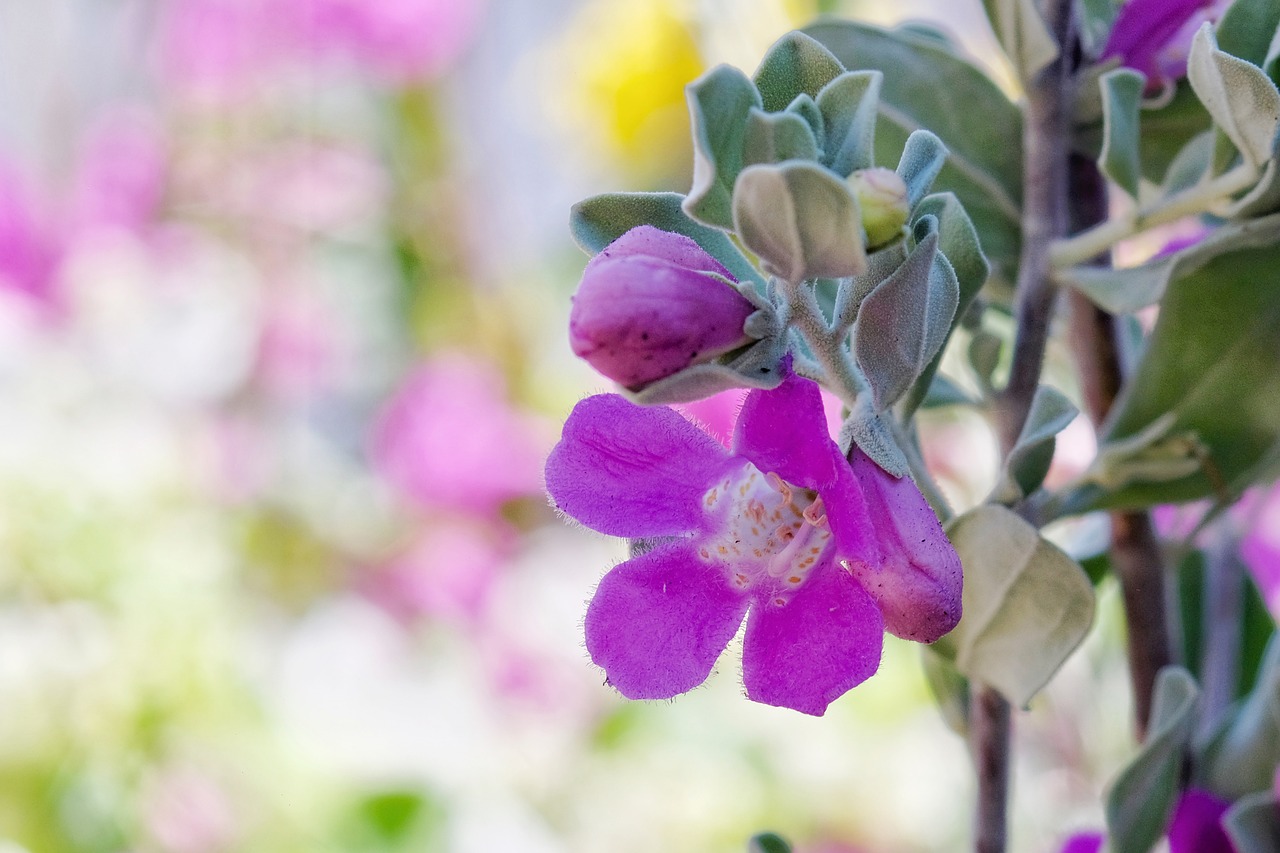
I introduce Leucophyllum, a resilient shrub with silvery-green foliage and vivid blossoms that thrives even in arid regions.
This plant often blooms after rainfall, covering the landscape with its striking purple and pink flowers. With its excellent heat and drought tolerance, Leucophyllum is highly valued for both private gardens and public landscaping projects.
In this article, I will provide detailed information on the plant’s characteristics, cultural significance, historical background, and practical gardening tips.
Basic Information
- Scientific name: Leucophyllum frutescens
- Family: Scrophulariaceae
- Origin: Southern United States, Northern Mexico
- Appearance: A compact shrub with gray-green leaves and small lavender or pink flowers. The leaves are covered with fine hairs that help the plant adapt to dry conditions.
- Blooming season: From spring to autumn, often blooming abundantly after rainfall.
Cultural Significance Around the World
Leucophyllum is admired as a symbol of endurance and the strength of nature, as it thrives in harsh, dry landscapes while displaying vivid blooms.
In the American Southwest and northern Mexico, its flowering is seen as a herald of rain. Locally, it is also called “barometer bush” or “Texas sage,” and has long been a familiar part of daily life.
It is used as a valuable green resource in arid regions, incorporated into gardens and streetscapes, contributing to both beauty and environmental value. From an ecological perspective, it is also planted to help conserve desert ecosystems.
Historical Episodes
Native to the challenging environments of the American Southwest and northern Mexico, Leucophyllum has been significant for local communities since ancient times.
When the Spanish first arrived in the Americas, they were struck by how this shrub thrived in dry, barren landscapes and recorded it as part of their botanical studies.
From the 19th to the 20th century, as urban development advanced in the United States, Leucophyllum gained attention as a drought-resistant, low-maintenance plant and began to be widely used in public landscaping.
In the latter half of the 20th century, it became especially valued for sustainable gardening practices, particularly in regions with limited water resources. Even today, it is a popular choice for desert gardens and urban greening projects, prized for both beauty and practicality.
Gardening Advice
Although Leucophyllum is hardy and easy to care for, proper management ensures healthier growth.
Sunlight
Prefers full sun. Best leaf color and flowering occur in sunny locations.
Watering
Highly drought-tolerant. Water sparingly; once established, rainfall is usually sufficient. In extended dry periods, water only when the soil has completely dried out.
Soil
Thrives in sandy, well-drained soils. Clay soil may cause root rot, so mixing in sand or gravel is recommended.
Fertilization
Rarely needed. If desired, apply a small amount of slow-release fertilizer in spring. Avoid over-fertilization.
Pruning
Light pruning in spring can help maintain a compact shape, though its natural form is also attractive.
Cold resistance
Grows well in warm climates but may be damaged in harsh winters. Protective measures are recommended in colder regions.
Conclusion
Leucophyllum is a drought-tolerant shrub that produces beautiful blossoms, well adapted to the harsh climates of the American Southwest and northern Mexico.
Cherished as a harbinger of rain, it also plays an important role in urban greening and environmental conservation. Historically recorded by Spanish explorers and later embraced in public landscaping from the 19th century onward, today it is valued as part of sustainable gardening practices.
With the right conditions—sunlight and well-drained soil—it will reward you with its silvery foliage and vivid flowers.


